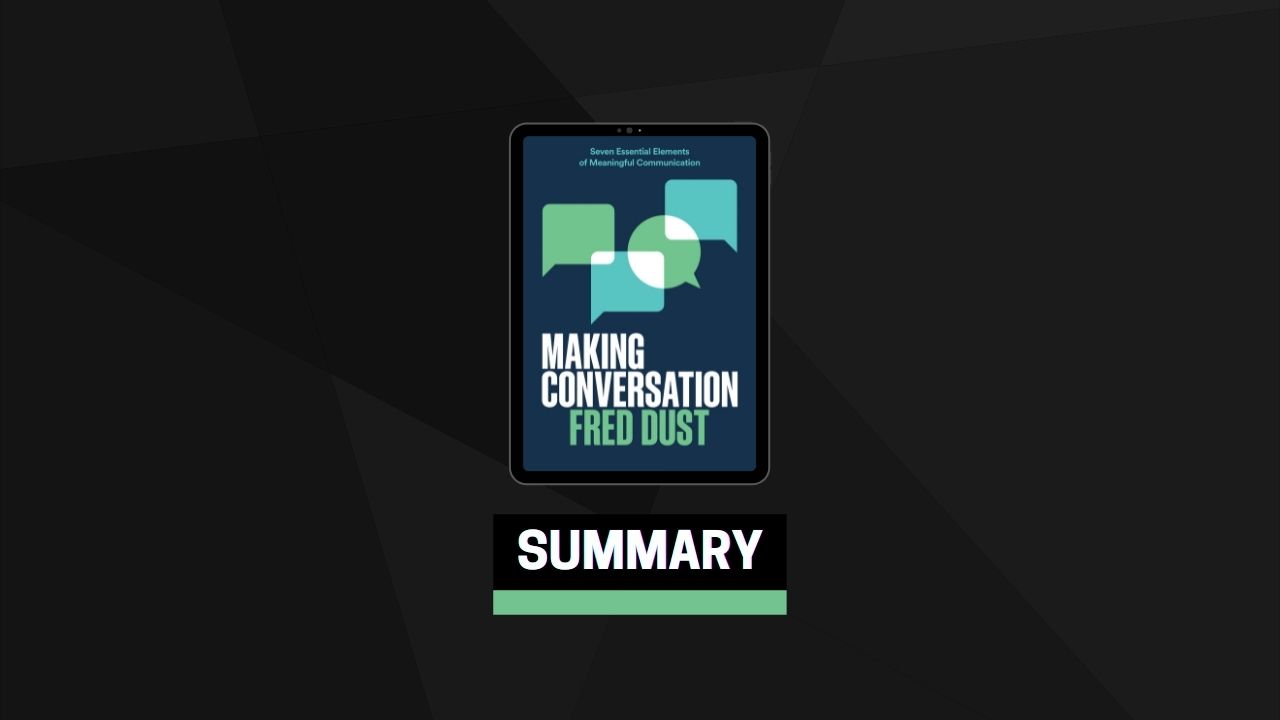Commitment
Commit to conversations first, beliefs second.
It’s so easy to blame politics or social media—and, of course, they’ve amplified disagreements and divisions. But the truth is that this problem begins with one of the most basic and valuable lessons of childhood. From an early age, we’re taught to commit to beliefs, to stand up for our values. That’s what most people think of initially when I use the word commitment.
It makes sense, of course. Formulating beliefs, in the first place, takes work—a lot of work. We’re not born with our beliefs in place, though we may in fact inherit them. Developing beliefs takes exploration of ideas and worldviews; it takes discussion with people we trust.3
We will gradually build evidence for our beliefs and seek out like-minded people who share those beliefs. Eventually we will start to filter our world through the lens of these beliefs. Naturally, we want to commit to them!
Many times, however, our beliefs are literally bred into us, and along with those beliefs there can be biases, intolerance, even hate. Which means that when we are making conversation, we must be willing to evaluate those beliefs and decide whether they will accompany us into our conversations. Truth be told, the beliefs we start with may actually keep us from entering a conversation at all. Beliefs about race, gender, and class difference in general can stop us from ever making conversation in the first place.
Creative Listening
Listening with our bodies requires us to listen with all of our senses. It requires us to slow way down and understand the moment and context of you and the person you’re listening to over all else.
Don’t just observe the surroundings; choose to be in them. Look at the people speaking and try to see and feel what they are feeling. What is their body saying? Are there physical cues that suggest that there is something deeper than what they may be saying? Be aware of discrepancies between what’s being said and what’s really happening.
In those striking contradictions we discover greater patterns and truths.
And, by the way, you don’t have to use every creative listening tool every time you listen.
But if we listen—really, deeply listen—we’ll be unburdened from the frankly boring kind of listening we’ve been doing up until today. We won’t just be waiting impatiently for things we already know or believe. We won’t be listening primarily for the speaker’s benefit—but for our own. We’ll discover things in what people are saying, or how they are saying it, that can change us or help us solve our own problems or inspire new ideas for ourselves.
Clarity
When words really matter, define your terms straightforwardly. Assert a definition and ask that people agree to that definition for the duration of the conversation. Go to a common and collective resource. Not to sound like a sixth grade teacher, but dictionaries still exist, and that’s a good thing. Share the standard dictionary definition, and then ask the room to agree to that definition at the outset.
If you are designing dialogue with terms that have some potential to cause confusion, conflict, or disagreement, take the time to define them even before entering that dialogue. If the group can’t agree, the question becomes: “Is this the right conversation for them?” In clarifying the key terms up front you are also giving participants a valuable tool to assess their commitment to the dialogue.
The other way is to continuously explore and excavate hidden meanings, the beliefs and biases that linger in the background and sometimes hang in the air. This investigative process is about pulling the hidden meaning behind what we say forward into the conversation.
Think about a word you use frequently. One of my favorites is inspiration or inspirational. But I need to get better about clarifying what I mean when I say the word.
If you say something like “I need inspiration” or if you hear someone say “let’s get some inspiration,” that word does not have enough to stand on its own; it needs more context. We may find out that our idea of inspiration is not aligned when it’s too late: I might have been thinking of a Hudson Valley landscape painting, whereas everyone else was thinking of a TED Talk they heard the day before. They’re both forms of inspiration, but they’re both pretty different.
Context
It is a mistake to think of context as “just in the background.” The context of a conversation can affect the course of a conversation, the feel of it, the outcome; it can even determine what kind of conversations we have. Some of the tools we’ve explored so far—listening, getting clear on language, establishing principles—are essentially the script of a conversation. Context, space, and the things in that space are the stage.
Sometimes space can be used as a light prompt—for example, facing a first date across a table as opposed to sitting side by side. Sometimes there is a script so hardwired into a room that only very specific conversations can happen in it (as in a courtroom).
The right room shapes conversation. Some spaces inspire creativity and collaboration; others can trigger catastrophic conversations
trigger memories of previous traumatic experiences that occurred in that space. (Think high school cafeteria!)
However, with forethought, we can choose a context to suit our purpose and exercise creative control of the conversations that we have.
Taking or reclaiming control of space and position can reset the conversations we have in them.
Constraints
There is no simpler way to influence the tone and tenor of a conversation, the quality of the thinking, and the kind of outcome than setting constraints about time. That’s what an agenda does. It is in essence a set of constraints about time and how that time is used.
Agendas tell us when we can speak and when we can’t. They suggest what kinds of things need to happen in what kinds of moments and how much or little time we have to make those things happen. They can control the speed of decision-making and the deliberateness of discussion. As you plan a creative conversation, treat an agenda as a set of constraints. It’s one of the most important creative differences we can make.
Think about a conference you’ve attended, a public forum, a professional development conference, or something else altogether. Conferences are an extreme form of conversation and in that way, they’re governed by an extreme form of agenda.
Most conferences strive for a measured approach to conversation: Four forty-five-minute sessions in the morning, two ninety-minute “breakouts” in the afternoon. The four morning sessions will be listening to people onstage and are comprised of a panel, or at the very least the morning will end with one. The afternoon sessions, ironically called “breakouts,” are where you may get to be more interactive; maybe there’s an activity or a group discussion.
When we’re making conversation, on the other hand, we should establish a good rhythm, but not necessarily a steady one. A creative conversation should allow for wandering at the right moments, but be rigorous at others; the pace should change, and the rhythm should be syncopated. A creative conversation should be encouraged to move fast at times, deliberative at others, and stop completely when necessary.
Change
Change is an essential component of making conversation—in many cases, it is the goal of a creative conversation. Serious, hard conversations that don’t enable some form of change are, unfortunately, just serious and hard conversations.
Explore, reflect, advance, and change.
When “Creative Tensions” end, the room is beyond buzzy; people are excited, they always say they wish for more than an hour—by the way, an hour is exactly right for that kind of conversation. The collective feeling of change and the rather abrupt ending makes people choose to continue the conversations on their own.
Change is, in my mind, an elemental component of a creative conversation. Every aspect of this book suggests ways to make change happen, but unless there is a visible, out-loud moment that enables people to “collectively show up for each other,” we miss the true joy that conversation can hold for us.
A moment of change designed into a conversation provides for a climax. But that climax is not about closure—it’s about what’s next. Marking change has the specific purpose of bonding a group of people in exploratory conversation into a community of action. It’s only when this moment is observed that we can hope to move on to the most important potential outcome of a conversation: creation.
Create
Let’s be clear about one other point, which might seem ironic coming at the end of a book about conversation: there are times when talking just can’t happen. All over America there are still stories about families that can no longer sit down to Thanksgiving and Christmas dinners together. Some communities are so divided, in the throes of painful rifts, that it’s “too soon” to believe and hope for a healthy conversation. You may not be willing, and your neighbor may not be willing yet either.
That’s perhaps the place where doing can have the most significant impact. You can clean up your countryside, quilt, sew, knit, build a barn, cook a giant meal, have a block party, serve Thanksgiving dinner. All of these things will build community and will build conversation even if you’re not engaging with topics that divide the people who’ve gathered together.
So, when you can’t talk, create.


